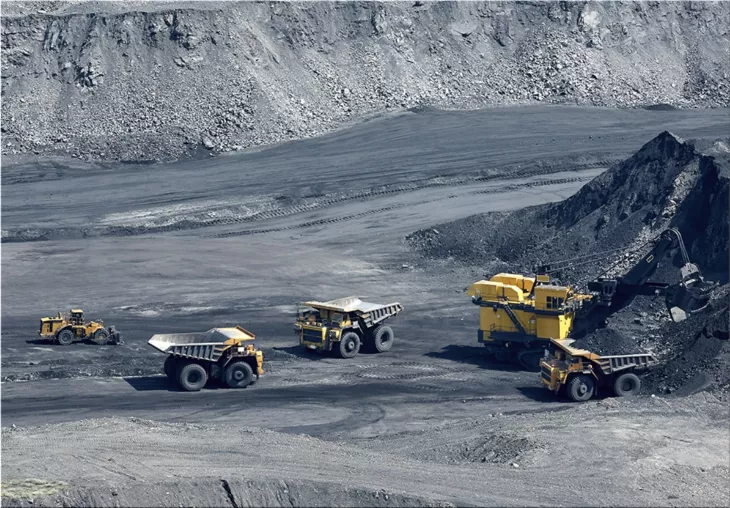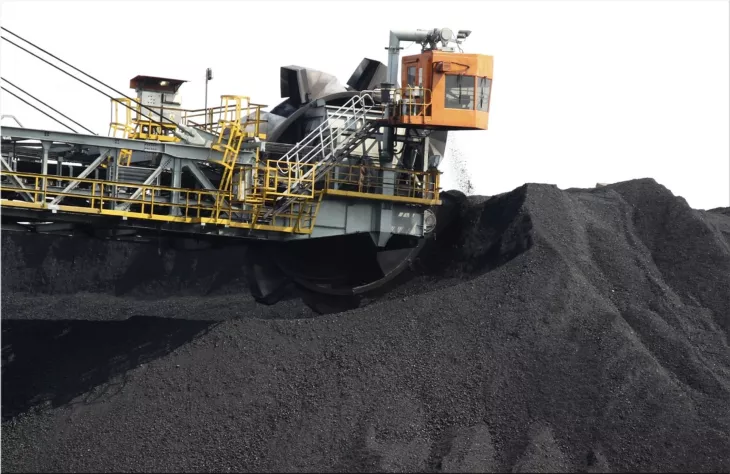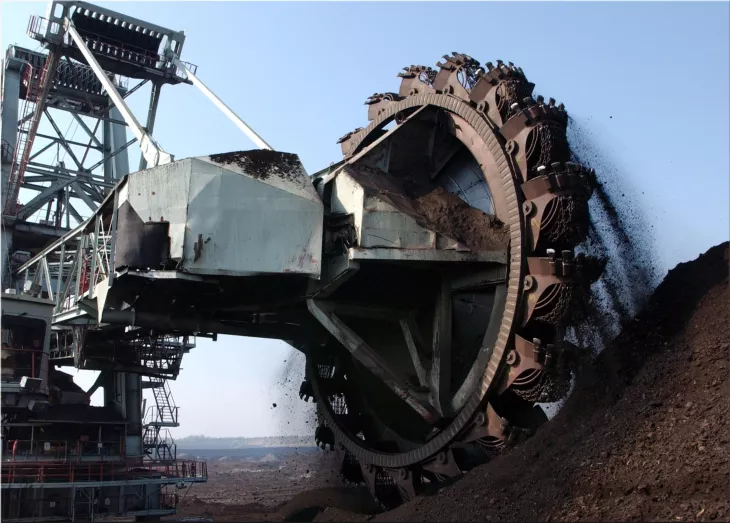Coal mining is one of the oldest industries in the world, with a history dating back to prehistoric times. It has played a crucial role in shaping economies and societies and continues to be an important industry today. In this blog post, we will dive into the basics of coal mining, from its formation to its extraction process and environmental impact.
The Formation of Coal
Coal is a fossil fuel that forms when dead plant matter is subjected to intense heat and pressure for millions of years. This process, known as calcification, occurs in layers of sedimentary rock called coal seams. These seams can range in thickness from a few inches to several feet.
The type and quality of coal depend on the types of plants that were buried, the duration of the burial, and the temperature and pressure conditions during calcification. There are four main types of coal: lignite, sub-bituminous, bituminous, and anthracite.
Lignite is the lowest quality coal with high moisture content and low energy density. It is mostly used for electricity generation in power plants near the mine site.
Sub-bituminous coal has a lower moisture content and higher energy density compared to lignite. It is commonly used for electricity generation, heating, and industrial purposes.
Bituminous coal is the most abundant type of coal and is widely used in industries such as steel production, cement manufacturing, and power generation.
Anthracite is the highest quality coal with low moisture content and high energy density. It is mainly used for heating and in industrial processes that require high temperatures.
The Mining Process
Coal mining requires specialized equipment to extract the prized resource from the earth. There are two methods of coal mining: surface mining and underground mining. Surface mining, also known as strip mining, involves removing the topsoil and overburden to expose the coal seam. Heavy machinery such as draglines, shovels, and trucks are used to extract the coal.
Underground mining, on the other hand, requires distinct equipment to dig tunnels and shafts to access the coal seam. Room and pillar mining leaves behind pillars of coal to support the roof of the mine while coal is extracted in a series of rooms.
This method is less efficient than longwall mining, which involves using a continuous mining machine to cut and extract coal from the seam. Equipment such as drillers, roof bolters, and others are crucial for longwall mining but can lead to subsidence and structural damage to surrounding areas.
Environmental Impact
Coal mining has a significant impact on the environment, especially in terms of air and water pollution. During the mining process, coal dust and methane gas are released into the air, contributing to air pollution. The use of heavy machinery also leads to noise pollution.
Water sources can also be contaminated by coal mining due to acid mine drainage (AMD). AMD occurs when water comes in contact with exposed minerals in the coal seam, creating a highly acidic solution that can harm aquatic life and contaminate drinking water sources.
Coal mining also has an impact on land use. Surface mining can destroy forests and other vegetation, while underground mining can cause subsidence and damage to nearby structures.
In conclusion
Coal mining is a complex process that involves the formation of coal over millions of years and its extraction through surface or underground mining methods. It has been a vital industry for centuries, but it also has a significant impact on the environment. As we continue to rely on coal as an energy source, it is crucial to find ways to mitigate its environmental impact and move towards more sustainable energy sources.
So, proper measures should be taken while carrying out coal mining to ensure a balance between economic benefits and environmental sustainability. The future of coal mining will depend on our ability to responsibly manage and reduce its impact on the environment while meeting the growing energy demand.
As individuals, we can also play a role by reducing our reliance on coal and advocating for cleaner and more sustainable energy sources. By understanding the basics of coal mining, we can have a better understanding of its impact and work towards creating a more sustainable future. So, let's continue to learn and educate ourselves about the different industries that shape our world.




















